Singapore’s success in managing congestion
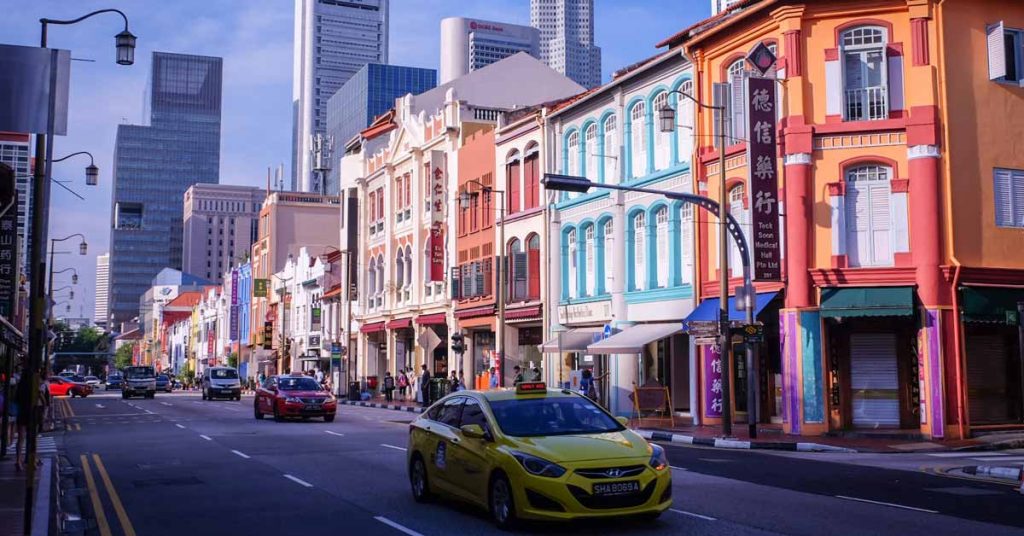
Following our recent post on congestion charging in New York City, we’ve updated one of our most popular posts to continue the discussion on strategies to reduce traffic congestion. Let’s explore Singapore’s recent advancements in their “two-prong” carrot and stick strategy to tackle congestion: implementing a harsher and more advanced “user pay” strategy alongside premium […]
Andrew Morse speaks about parking facilities standards at the next AITPM Event
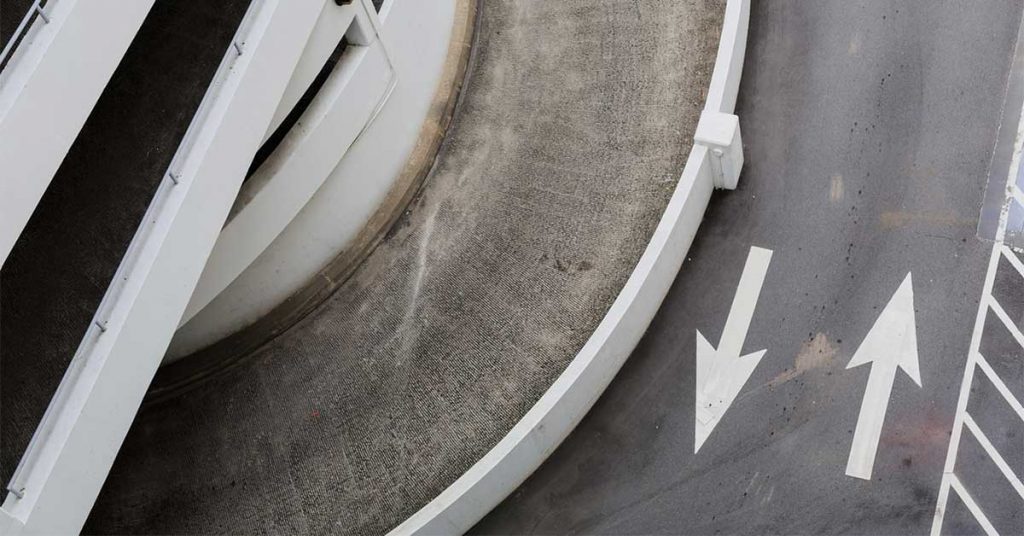
ptc. has a long relationship with AS 2890 (the Australian Standards for parking facilities) since it was co-authored by George Burton, our senior car park designer (now retired). Partner Andrew Morse is on the committee reviewing and updating the standards and will be one of the presenters of the NSW | AS 2890 Series Technical […]
Car sharing in residential developments

The availability of car sharing services in or near residential developments provides an alternative for residents who are willing to forego the cost of paying for a parking space if they do not own a car. A change in car ownership creates the opportunity for developers to reduce the car park space per unit ratio […]
No more minimum parking requirements in Rio
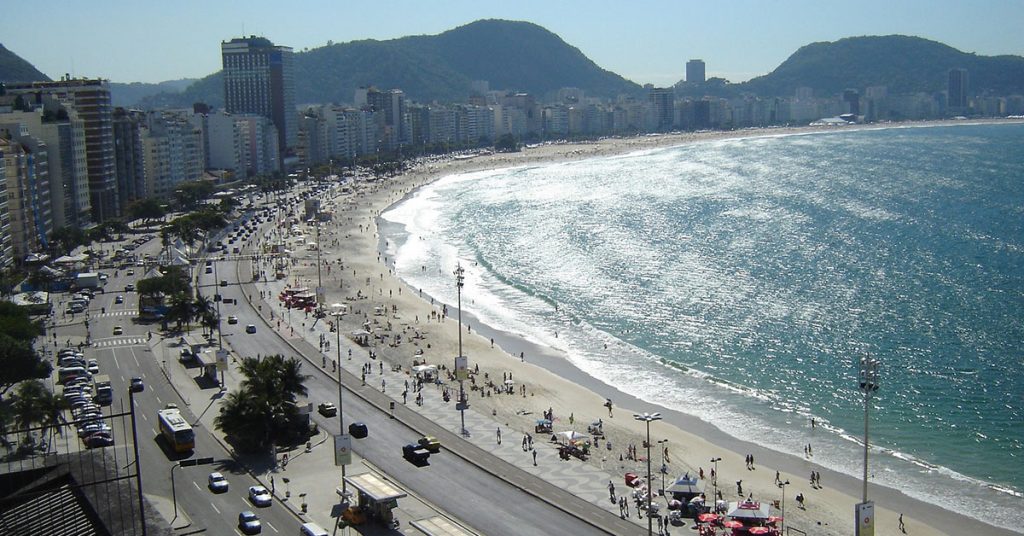
Rio de Janeiro, the second most populous Brazilian city, recently approved new building codes that will eliminate the minimum parking requirements, which were established in 1967 and mandated one car park space per housing unit. They will be replaced with a parking maximum of one space per four housing units. It is now mandatory to […]
Beer with an Engineer
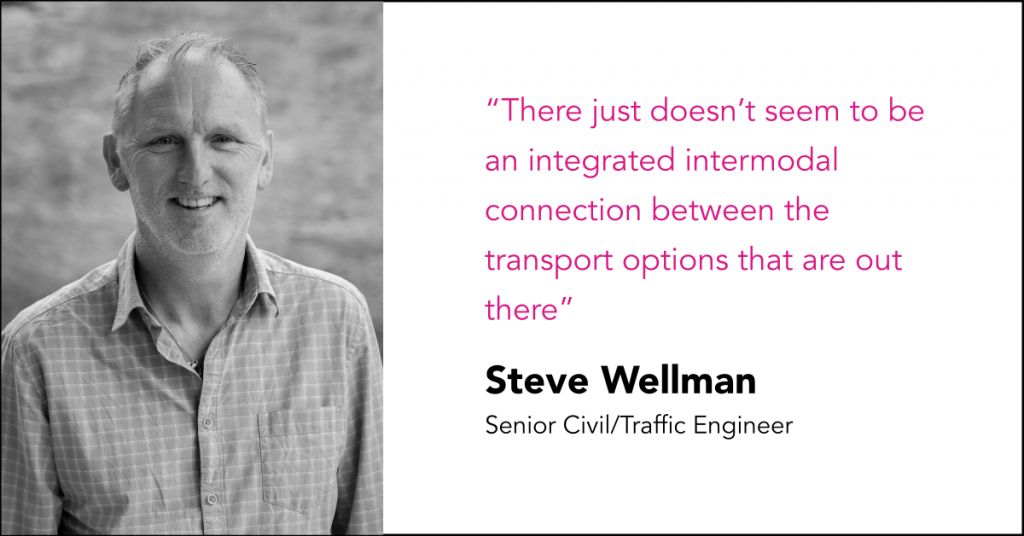
Steve Wellman, Senior Civil/Traffic Engineer at ptc., was recently interviewed by Melanie and Dominic De Gioia for their podcast Beer with an Engineer. The hot topic of the interview revolved around the issues with Sydney’s transport planning and the lack of integrated options. Steve pointed out examples such as the fact that Westconnex construction works […]
Barcelona’s Superblocks – two years later

Have you heard about Barcelona’s “Superblocks”? We posted in the past about Barcelona’s initiative to encourage active transport by creating “Superblocks”, areas where vehicular traffic is limited creating more space for pedestrians and cyclists. The Superblocks are polygon grids measuring 400 by 400 metres where non-resident traffic and on-street parking are not allowed. Inside the […]
Creating great Australian cities

In this article, we discuss the recently published study, Creating Great Australian Cities[i] , commissioned by The Property Council of Australia. Australian cities benchmark When comparing major Australian cities to the world’s top 100, what would you say Australia’s overall average position is? If you guessed that on average Australia would figure amongst…...
Who owns the city?
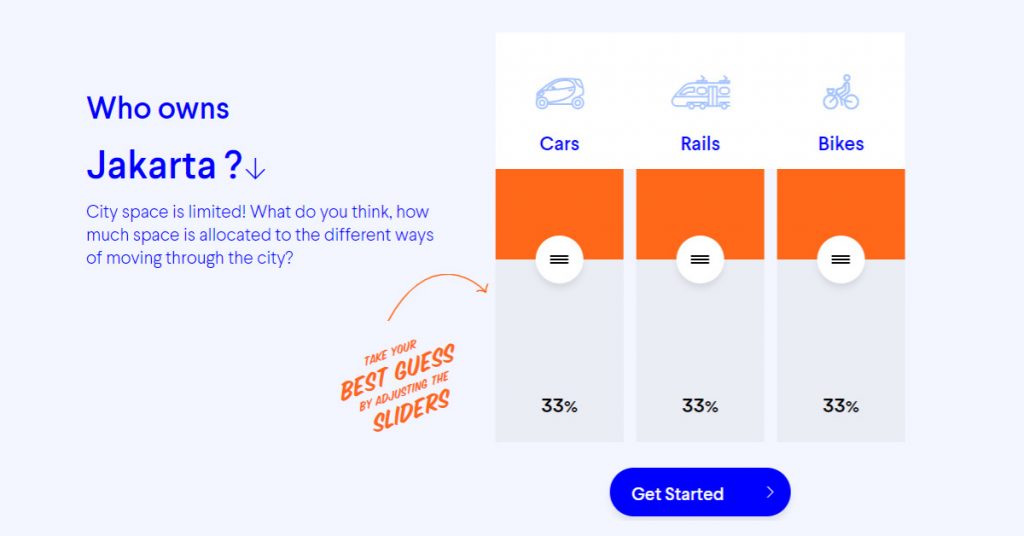
What is the current space allocated to cars in your city? And to bikes and rail? What is the fairest way to share the public space between different mode shares? We have touched on this topic in a previous article Cities are for people. In this article, we detailed the US National Association of City […]
Lane Cove PAMP study
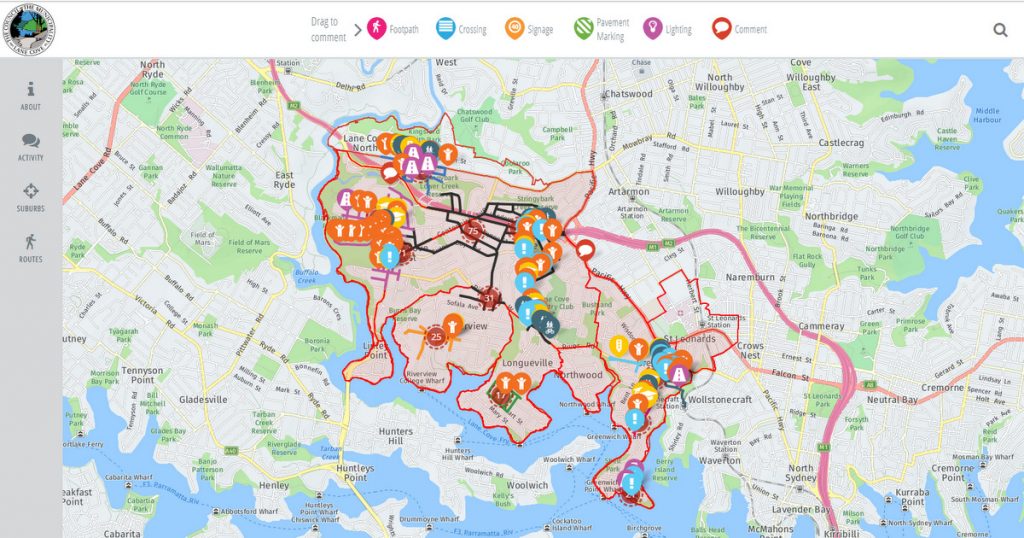
Earlier this year, ptc. was engaged by Lane Cove Council to review and update the 2013 Pedestrian Access and Mobility Plan (PAMP) for the Lane Cove Local Government Area. A PAMP is a comprehensive strategic action plan which allows Council to prioritise its tasks to improve the pedestrian network. The aim of this type […]
Where are the cyclists and pedestrians?

According to 2016 Census data, only 1.1% and 3.9% of Australian commuters chose cycling and walking to work respectively. These active mode rates remained practically constant since the 2011 Census (1.2% and 4.2%). In other capital cities the percentage of commuters walking or cycling ranges from 3.8% (Perth) to 8.4% (Canberra). However, as reported by […]
Sydney is not full yet

A recent poll conducted for Fairfax Media indicated that 66.4% of the 1,647 respondents believe that Sydney is full and that property development should be pushed out of the Sydney metro area. Although the local population may feel that the city is crowded, there are 103 cities in the world with a larger population than […]
Strategies to reduce air pollution
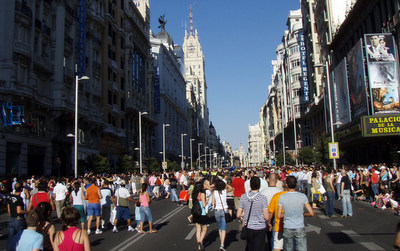
Marylebone Road, in Westminster City, was recently named one of the 20 sites in London with very high pollution. As part of the plan to address the issue, the council wants to discourage the use of diesel vehicles by introducing a parking surcharge, as reported by The Telegraph. Therefore, from April, diesel drivers will pay […]
Why engage a parking consultant?
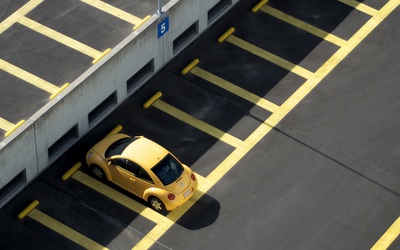
Parking consultants have a specific set of skills and knowledge to evaluate parking scenarios and propose the best solution considering the resources and characteristics of each situation. The International Parking Institute (IPI) highlighted six ways that hiring a parking consultant can save you time and money: Understanding the big parking (and transportation) picture A parking […]
Santiago Wins 2017 Sustainable Transport Award

Over the past years, Santiago has faced a great transformation, particularly in the downtown area. The city’s integrated mobility plan focused on improving the way people move around, aiming to improve the equality between the different users which led to less car-centric planning policies. The plan included the exclusive use of downtown streets for public […]
Lower Cycling Rates in Sydney
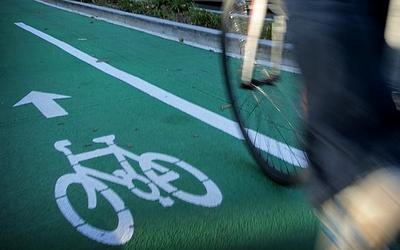
Road and Maritime Services numbers show that, in 2016, cycling rates in Sydney are lower than in 2013, as reported by SMH. The average daily cyclists during peak hours at the Anzac Bridge, Anzac Parade and Sydney Harbour Bridge was 3,830 in 2009 and reached a peak of 5,249 in 2013. However, the figures declined […]
Managing parking demand and supply

Cities around the world are reducing their parking supply. San Francisco and Philadelphia in the United States noted an oversupply of parking spaces after conducting parking censuses. In 2010, the San Francisco census pointed out that more than 50% of the 441,541 spaces available in the city were free and on-street. Knowing that, allowed the […]
Happy City: Less Car, More People-Centric
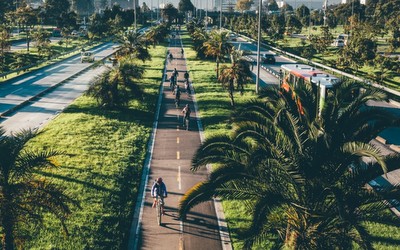
Enrique Peñalosa was the subject of the Wayfinding Blog in 2014 when we shared his TED talk about equality in city planning. Now the second time Mayor of Bogotá, Colombia, is going to host the Congress of United Cities and Local Governments and one more time he is bringing up the discussion about transport, people […]
Pedestrian-Friendly City Guide
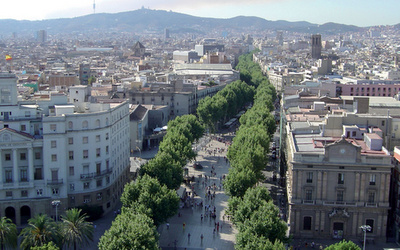
We have recently been seeing several efforts to transform suburbs and cities into pedestrian-friendly areas (Paris, Barcelona and Bogotá). We have argued about the importance of looking at parking and traffic with a people-centric approach (Wayfinding Newsletter) and demonstrated its positive impact on transport and traffic. The article Putting People First: 10 Steps Toward Pedestrian […]
Presentation; Mona Vale Town Centre
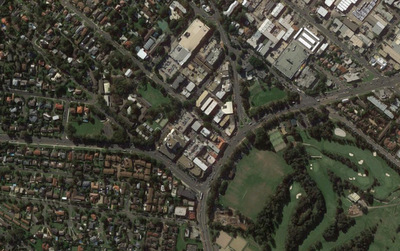
Andrew Morse, ptc.‘s Partner and Senior Traffic Engineer, presented the Mona Vale Town Centre – Balancing Place Making and Traffic Engineering at the AITPM National Conference, which was held in Sydney, 26th to 29th July 2016. Download the presentation:… Please Register or Log In for more.Already a member? Log in here...
Cycling uptake, safety and social equality
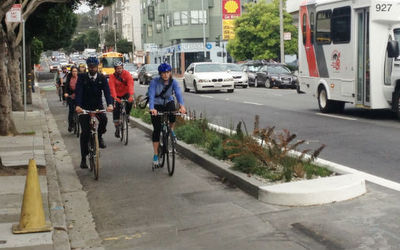
Last week, the USA’s National Association of City Transport Officials (NACTO) released a study showing the correlation between protected bicycle lanes, bike share increase and safety. NACTO compared data from 2006 to 2013 of seven American cities regarding the number of bike lanes miles (excluding signed paths with no other enhancements), the number of cyclists […]
Cities are for people

The National Association of City Transportation Officials (NACTO) from the USA presented in the 2016 Transit Street Design Guide a comparison between different modes of transportation regarding their capacity to move people within a single lane of road. Traditionally, streets are evaluated according to vehicle traffic throughput and speed, the proposition being that as a…...
Debate continues over mandatory helmet laws
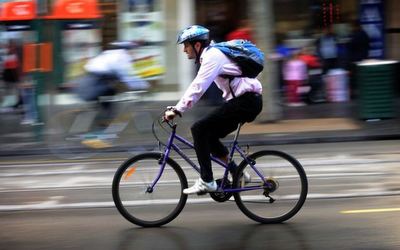
The mandatory helmet law debate has been ongoing for several years. On one side, the legislators are claiming that this law is essential to guarantee cyclists safety. Opposing groups, however, assert that the mandatory helmet laws are driving people away from adopting bicycles as a transport mode. Last year, a study conducted across Canada brought […]
What’s the impact of reducing parking spaces?
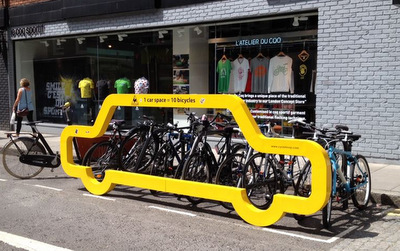
Conventional wisdom would say that when there is a decrease in the number of parking spaces, the occupancy rates of remaining lots and garages should increase. Another common and related argument is that a reduction in parking adversely affects retailers, causing them to lose customers; after all “no parking, no business”. It isn’t that simple,…...
Impact of new laws for cyclists and drivers
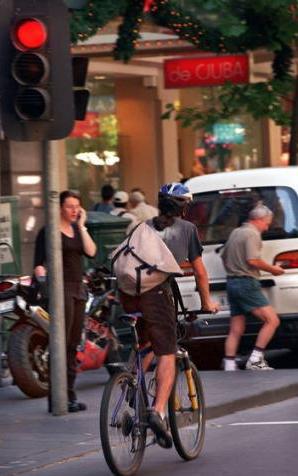
As we reported last week in our Wayfinding Blog, “New fines for cyclists could see bikes dumped for cars”, there are many changes to road rules affecting cyclists and motorists, effective today. Here we outline the crux of these; New laws for drivers passing cyclists Drivers in NSW must leave one metre of space when […]
New fines for cyclists could see bikes dumped for cars
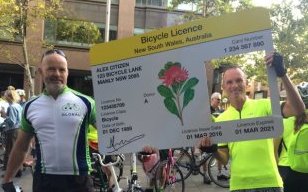
From the 1st March, NSW bike riders will be faced with a bevy of new and increased fines. Riding without a helmet will increase from $71 to $319, riding without ID will cost $106 (abc.net.au), while the penalty for running a red light will increase to $425, according to the SMH. The City of Sydney […]
V2V and V2I new transport technology in NYC
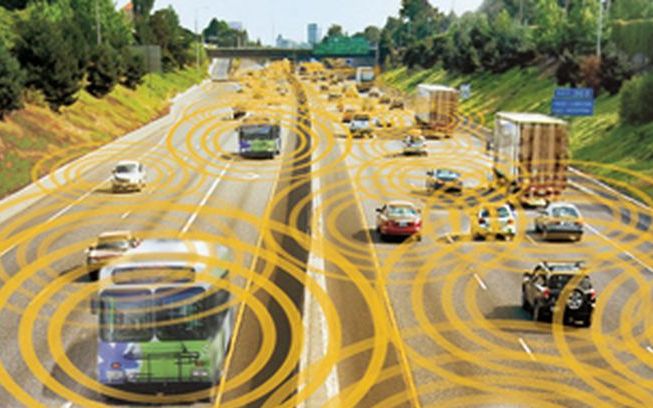
Vehicle-to-vehicle and vehicle-to-infrastructure communication is fast becoming one of the biggest sea changes in transportation technology, following right behind the foot steps of self-driving vehicles. The core essence of this technology allows cars, signs and traffic to communicate with one another over Wi-Fi-like airways, according to theverge.com. As such, drivers will have access to more […]
Solar panels to hit the roads in France

Over the next five years, and with the support of the country’s Agency of Environment and Energy Management, France will install some 1,000km of solar roadways using cutting edge technology, according to treehugger.com. In a joint venture between France’s National Institute for Solar Energy and Colas (a transport infrastructure company) solar panels will be glued […]
Delhi Government tries to combat 1,400 new cars onto its roads

The Local Government has tried to take a proactive approach to reduce toxic air in Delhi by announcing an emergency car rationing plan. In an experiment that was to only last 15 days, cars with odd-numbered plates could drive in Delhi roads on odd-numbered days and even-numbered cars on even days, as reported in the […]
Challenging a parking fine? There is an app for that too
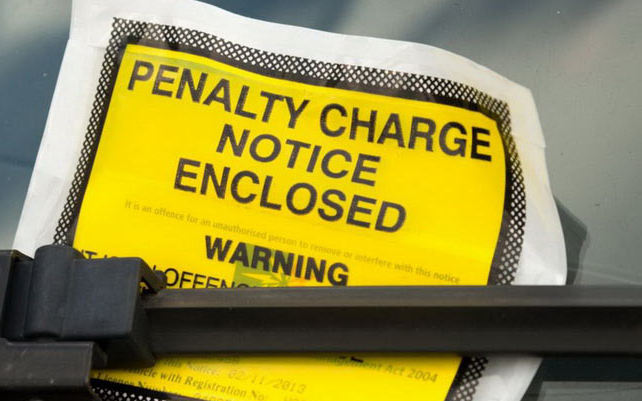
For an 18 year old in North London, new technology and creative thinking, has led to the creation of a website which allows motorists to contest parking tickets in seconds. The volume of parking tickets Joshua Browder was receiving was enough to inspire him to create his own website donotpay.co.uk to fast track the appeal […]
The woman behind 640km of bike lanes in NYC
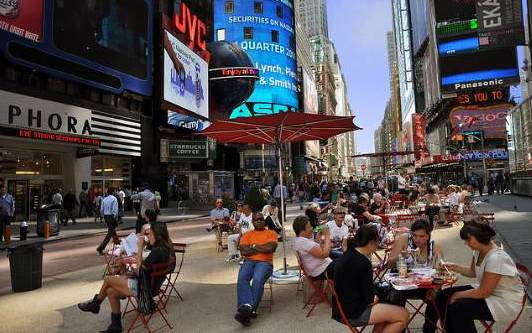
Janette Sadik-Khan, NYC’s recent transportation commissioner, was instrumental in the introduction of over 640 km of bike lanes to the NYC cityscape. She was the driving force behind the impressive makeover of NYC’s Department of Transportation (DOT) from 2007 to 2013 with bikes, cycle paths and a new way of mobility top of mind. As […]
